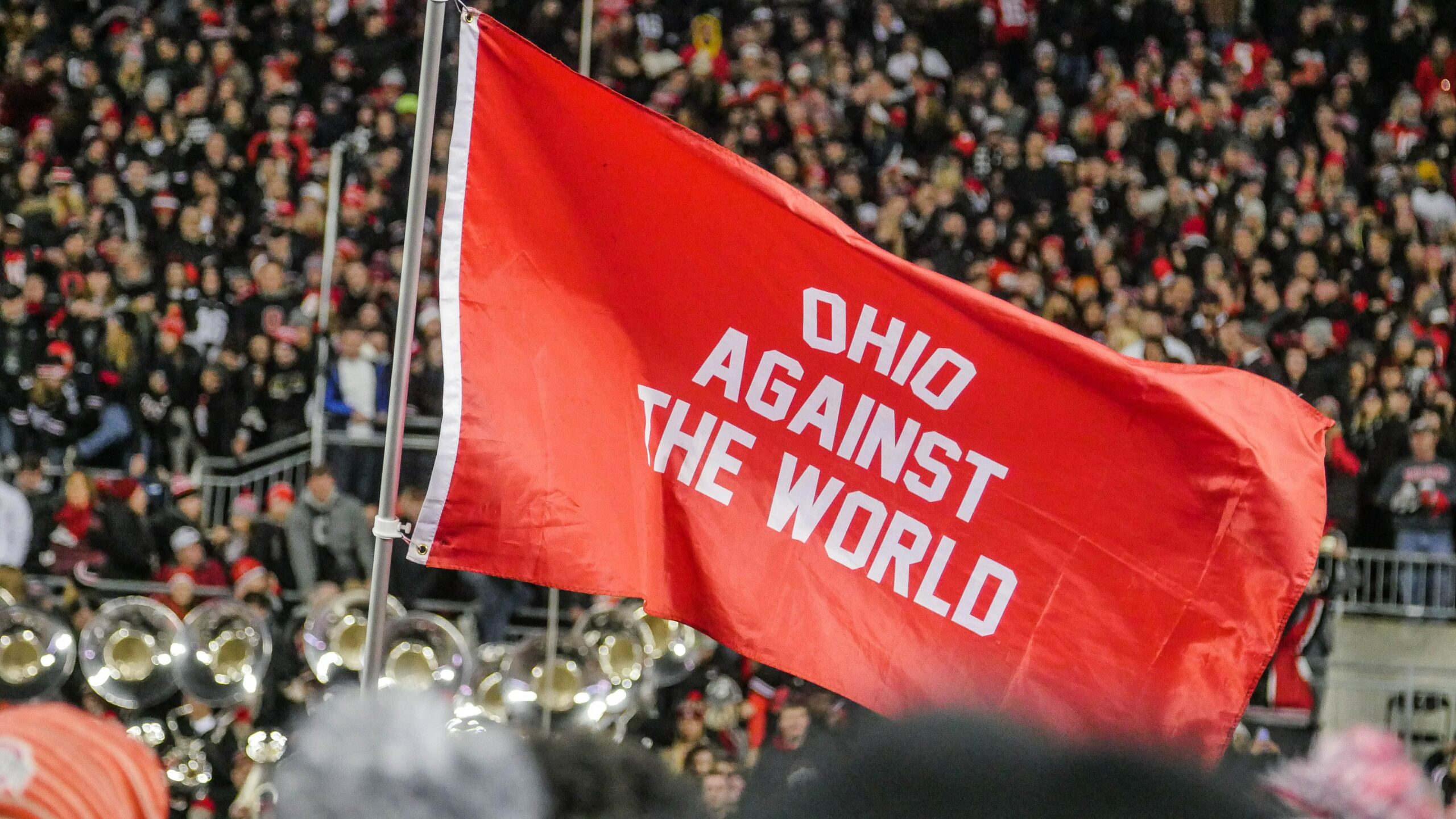Ohio State University officially wins trademark for the word “THE”
If you are a college sports fan, you may have been aware of the Ohio State University’s extensive use of the word “THE.” The Ohio State University has been using the term “THE” as their moniker and rallying cry at sporting events such as college football, featuring their players.
In a historical trademark law move, Ohio State University (OSU) gained victory by securing the trademark registration for its famous “THE” moniker in clothing and related apparel goods. This registration is a well-deserved victory for OSU, given that their trademark application had to go through numerous objections and issues they have argued successfully to resolve.
What is a Trademark?
The Lanham Act defines a trademark as “any word, name, symbol, device, or combination” used to “identify and distinguish” a set of goods and services from other sources.
Under this definition, a trademark is generally regarded as any source identifier allowing consumers to associate a specific word, name, or symbol or mix these elements with a single source.
Here, the Ohio State University alleges that its use of the word “THE” deserved to be protected as a trademark given its extensive use of the mark and that college sports fans easily associate the word with OSU’s use. Hence, OSU is seeking trademark registration to protect its interest in this word.
What Did Ohio State University’s Trademark Filing and Registration Entail?
The Ohio State University initially filed the word “THE” in 2019 to cover the broad goods: Clothing, namely, t-shirts, baseball caps and hats. However, OSU has amended and clarified its goods to cover “clothing, namely, t-shirts, baseball caps, and hats; all of the foregoing being promoted, distributed, and sold through channels customary to the field of sports and collegiate athletics.”
This amendment reflects OSU’s co-existence agreement with Marc Jacobs Trademarks, LLC, who filed a trademark application before OSU for the same mark “THE” covering numerous goods, including, “Clothing, namely, underwear, socks, hosiery, jerseys, shirts, t-shirts, tank tops, blouses, polo shirts, sweaters, cardigan sweaters, pullovers, hoodies, sweatshirts, pants, jeans, shorts, dresses, skirts, suits, blazers, jackets, coats, overcoats, waterproof clothing, bathing suits; belts; ties; scarves; shawls; bandanas; waistcoats; gloves; mittens; pajamas; bath robes; footwear, namely, shoes, boots, sandals and slippers; headwear, namely, hats and caps.”
What Objections Did Ohio State University’s “THE” Trademark Application Receive From the United States Trademark Office?
The understandably generic nature of the term “THE” appears to make it an unlikely candidate for trademark registration. As expected, the trademark application for the mark “THE” filed by the Ohio State University received an objection from the United States Patent & Trademark Office (USPTO) Examiner based on their determination that the mark is “merely ornamental.”
In addition, Marc Jacobs Trademark, LLC had applied for the same mark “THE” for various goods that overlap with OSU’s use for clothing-related products. However, OSU resolved this issue by obtaining a co-existence agreement with Marc Jacobs.
What Constitutes As Merely Ornamental?
In trademark law, marks considered decorative or whose source is not easily discernible to a consumer are labeled as “merely ornamental.” A mark that the Examiner determines as “merely ornamental” is presumed to not function as a trademark. Thus, marks considered as “merely ornamental” are generally rejected from obtaining a trademark registration.
One way to circumvent this objection from the USPTO is for a trademark applicant to argue and show that their use of the mark has obtained a secondary meaning in the marketplace in direct association with their goods and services.
What is a Co-Existence Agreement?
In trademark law, a co-existence agreement is a legal understanding between two or more entities to allow each other to use the same or a confusingly similar term in the marketplace.
Typically, this type of agreement spells out any limitations in the goods/services for which the mark will be used. In this case, OSU agreed to limit its claim for the mark “THE” specifically to sports and college sports-related apparel and accessories.
What is the Doctrine of Secondary Meaning in Trademark Law?
In trademark law, secondary meaning refers to the additional purpose a non-distinctive mark has acquired through its continuous use in commerce. This means that a mark that might not be initially eligible for federal trademark protection may be able to obtain registration, if the consumer can easily discern and associate the mark with the trademark applicant.
Secondary meaning is difficult to prove, since it must explicitly show that the applicant’s use of the mark is easily recognized by the public as something associated to the applicant’s goods and services.
In this case, OSU can argue that their use of the word “THE” has achieved secondary meaning by pointing out their extensive use of the mark in connection with their sporting events, and related ancillary merchandise, including clothing.
Are you looking for an affordable trademark attorney to help you register your trademark with the USPTO? Book a consult with the Board-Certified Intellectual Property Attorney at Nadkarni Law to learn how the firm can help you register your trademark in the United States. Nadkarni Law provides its trademark services locally in Miami, state-wide in Florida, and nationwide all over the United States.





